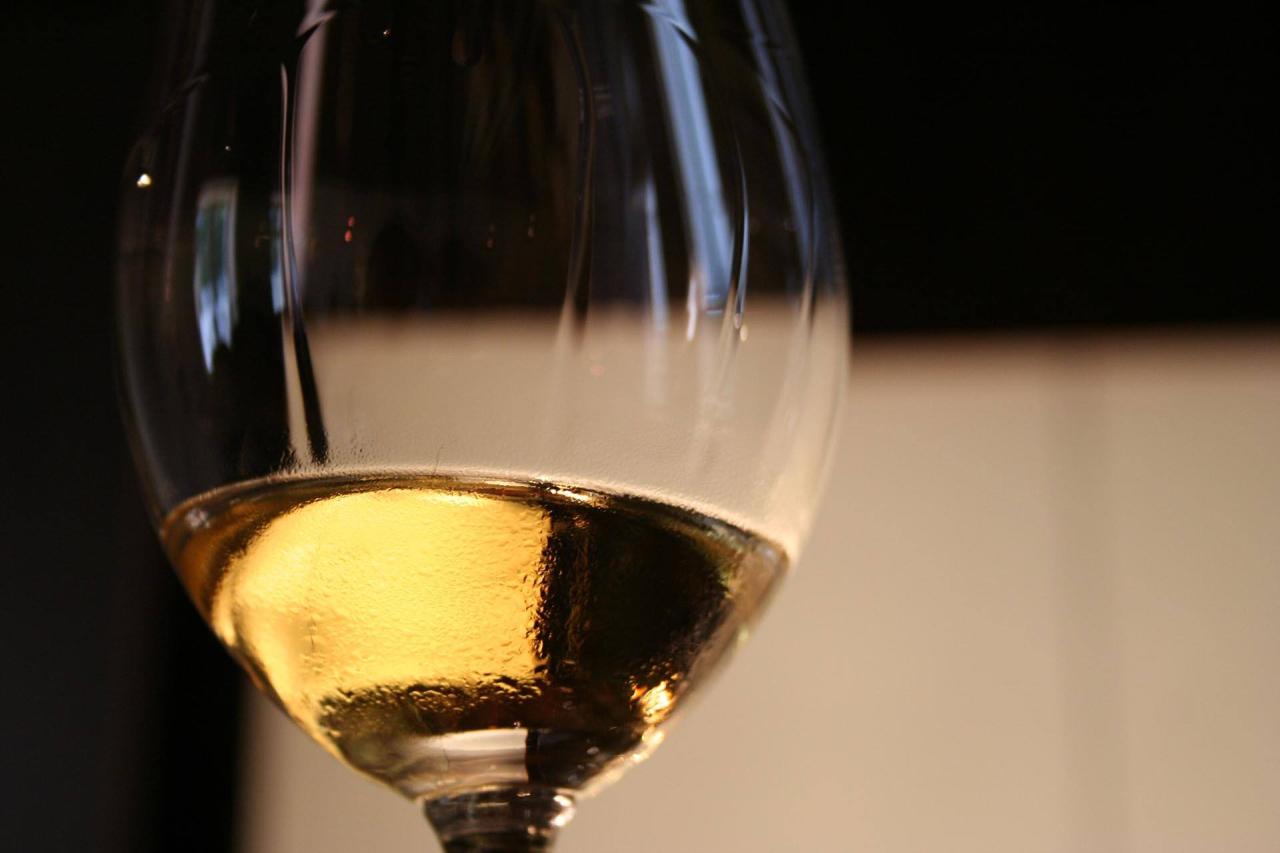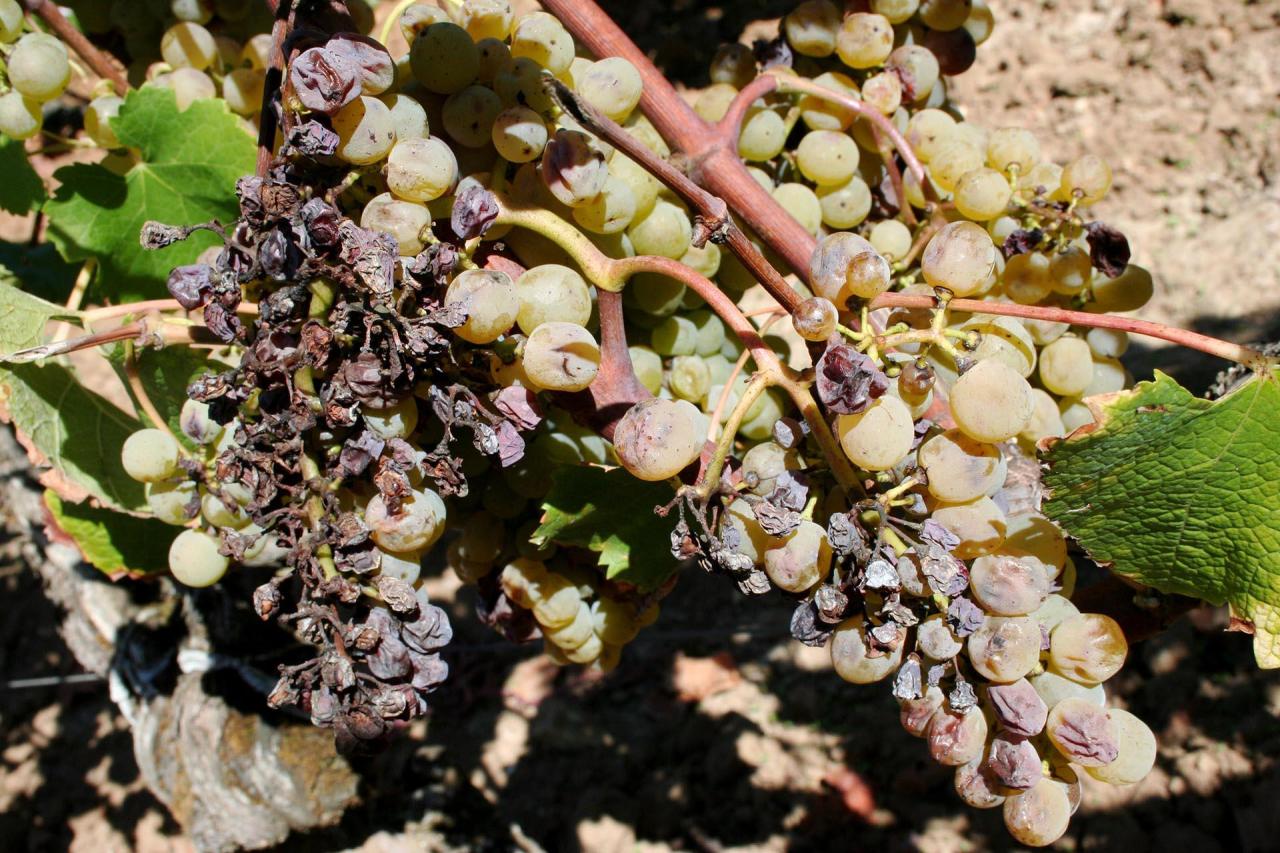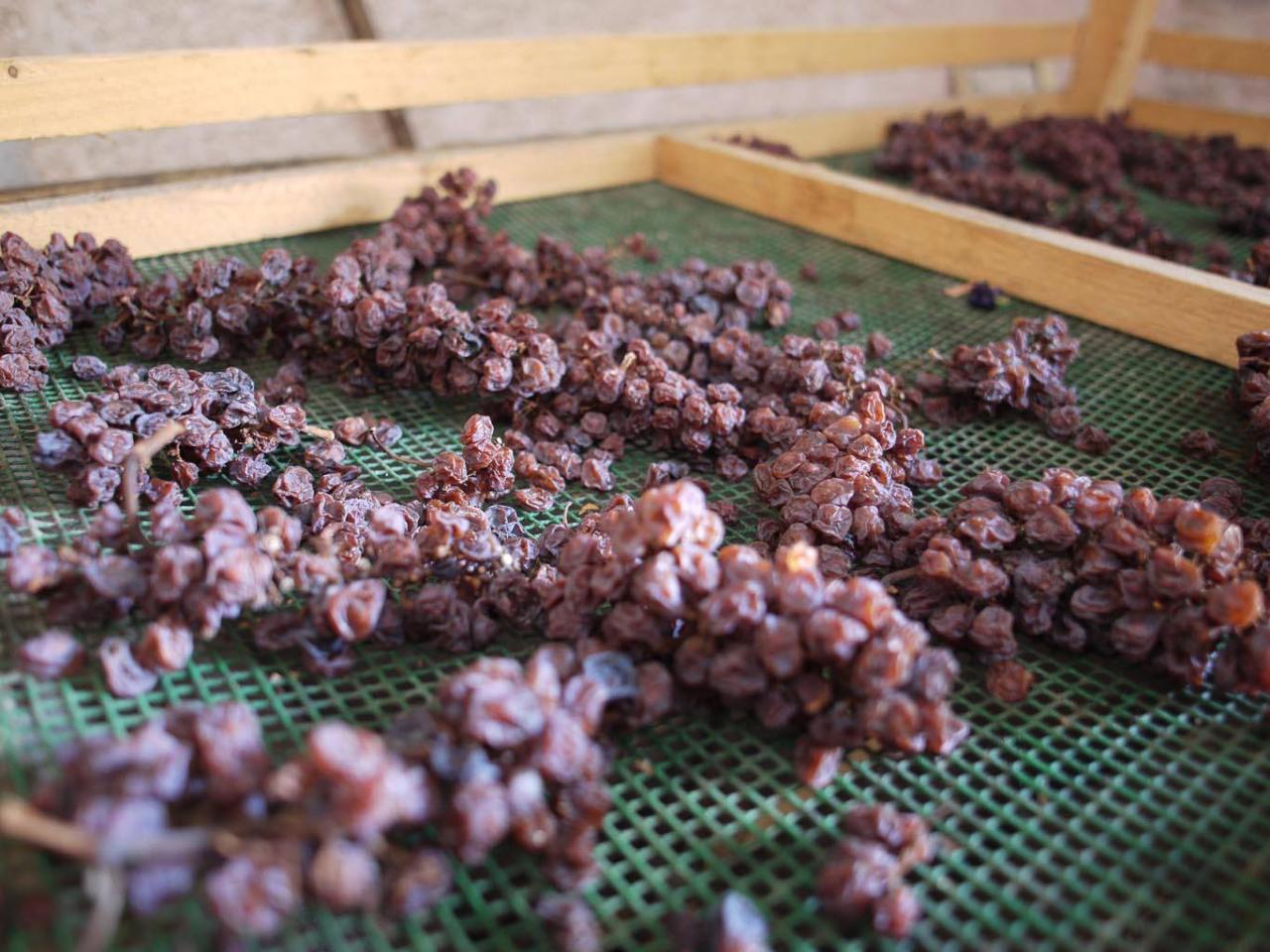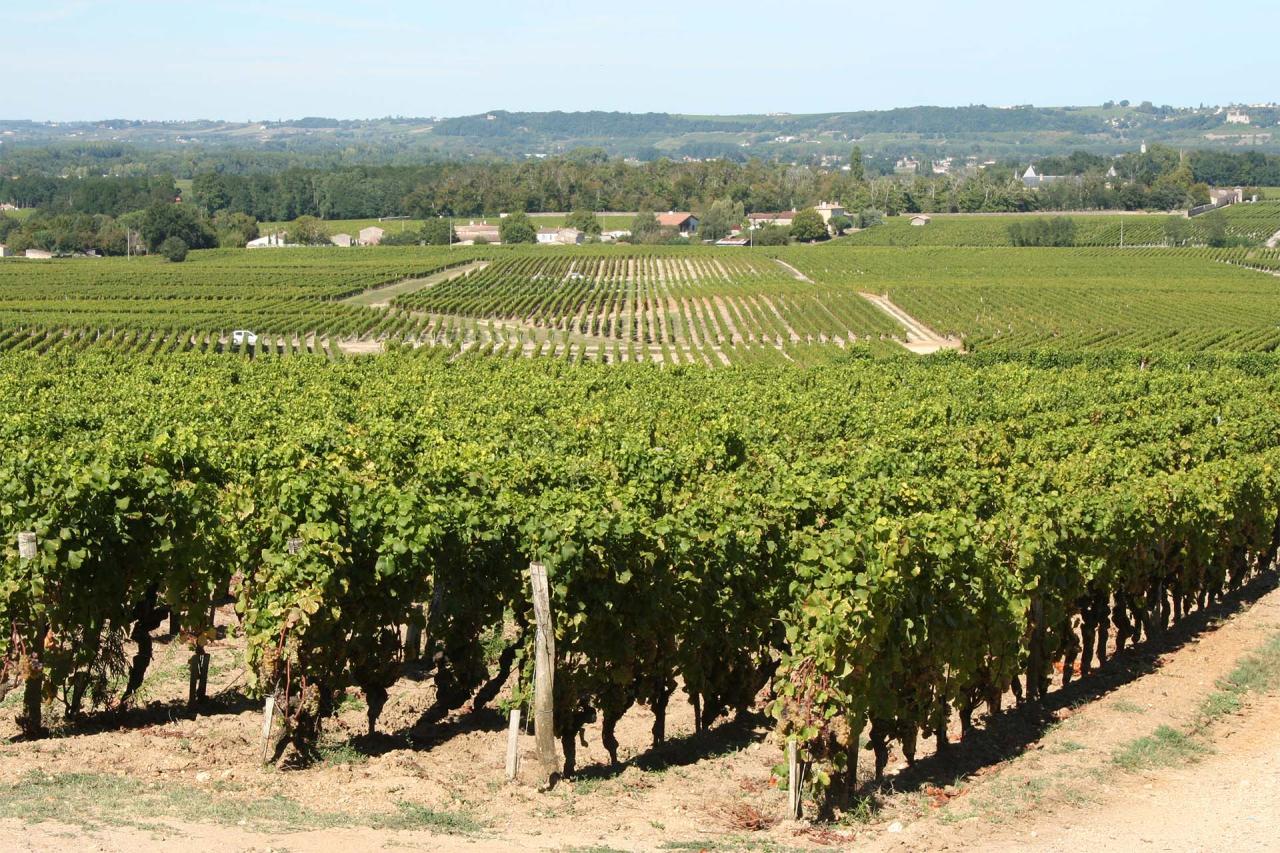And although French red, white, sparkling and even rosé wines steal the spotlight, French dessert wines are also up there with the best of the best.
French producers make dessert wine in several wine regions around the country, near the Mediterranean coast or the Atlantic, up in northern latitudes, and in the country’s sunny south. In fact, myriad appellations specialize in sweet wine, and many of them are praised worldwide. Let’s explore the best French dessert wines and get to know them intimately.
It goes without saying, French dessert wines are fantastic companions at the table, whether you pair them with dessert or serve them as dessert themselves. Sweet wines are also compatible with a wide range of savory food, from blue cheese to cured meats. The sky’s the limit for sweet French wine.
Get updates on the latest posts and more from Wine Bugle straight to your inbox.

Sauternes
Sauternes is a unique French dessert wine produced in the appellation of the same name in Left-Bank Bordeaux. Sauternes AOP specializes in sweet wine, and it’s thanks to its unique geography. The Ciron River creates the necessary humidity to encourage a fungus to grow on the region’s grapes, Semillon, Sauvignon Blanc and Muscadelle.
Botrytis Cinerea is the fungus responsible for the so-called “noble rot,” where the infected grapes lose moisture, effectively gaining sugar concentration. Botrytis, though, affects grapes individually, and not necessarily the entire clusters, so grape growers must harvest the infected grapes one at a time in up to seven or eight passes or “tries.” The unusual practice makes picking grapes in Sauternes one of the most expensive harvests in the world.
Once the infected grapes are picked, they’re crushed and fermented, resulting in age-worthy, golden wine that’s fantastic with the region’s foie gras, a typical Sauternes food pairing.
Notes:
Sweet white wine with a must weight of up to 221 grams of sugar per liter.
Scents of peaches, white flowers and honey.
Ideal Sauternes temperature 4-6°C (39-43°F)
Our suggestion: Château d’Yquem.

Barsac
The Barsac appellation neighbors Sauternes and its vineyards also benefit from the noble rot, although not as consistently as in Sauternes. Like its most prestigious neighbor, the most common grapes in Barsac are Semillon, Sauvignon Blanc and Muscadelle.
Other than that, the wine laws in Barsac are identical to those in Sauternes. Even if Botrytis-infected grapes aren’t as prevalent in this small appellation, the wines can be equally good and are often less expensive.
Our suggestion: Chateau Coutet.
Vin Doux Naturel (VDN)
Not all French dessert wines are made with botrytized grapes, others are sweetened intentionally in the winery, and French winemakers have many methods to achieve such luscious sweetness.
One of France’s most famous sweet wine styles, also used in other European countries, is the Vin Doux Naturel. To make it, producers pick the grapes, crush them and ferment them but they stop the fermentation in its tracks by adding grape spirit to the must, which kills the alcohol-fermenting yeast. The result is wine with high alcohol strength and natural residual sweetness.
Many French appellations specialize in the style, including Banyuls, Rivesaltes, Rasteau, Muscat de Beaumes-de-Venise and several others specializing in Muscat, mainly in Languedoc-Roussillon.
Notes:
VDN can be red or white and varies in flavor depending on the grape, most commonly Grenache and Muscat.
Best served at 6-8°C (43-46°F)
French red dessert wine
Banyuls is one of the most important fortified sweet wine from France. It's a Vin Doux Naturel made mainly with Grenache. You can drink it as an aperitif, but it will pair perfectly with chocolate.
Our suggestion: M. Chapoutier Domaine de Bila-Haut, Banyuls
Vin de Sélection de Grains Nobles (SGN)
Alsace is an extraordinary region for sparkling wine, pale Pinot Noir and white wines made with Riesling, Gewürztraminer and others. Still, the northern German-influenced region has a couple of appellations reserved for some of the most exciting French dessert wines.
Vin de Sélection de Grains Nobles, or selection of noble grapes, is made exclusively with botrytized “noble rot” wine grapes, mainly Gewürztraminer or Pinot Gris, harvested with a minimum must-weight of 276 grams of sugar per liter.
This is one of the sweetest wines in France, and the wine must spend at least 18 months in oak before being released, so it has aromatic complexity as well.
Notes:
The flavor in SGN wines varies depending on the varietal used, but tropical fruit, apricots, flowers and honey are common descriptors.
Typically, SGN is an Alsatian traditional term, but every wine made with botrytized grapes falls in the category, including Sauternes, Barsac, Condrieu, Monbazillac, Graves-Supérieures, Bonnezeaux, Jurançon, Cérons and many others.
Our suggestion: Hauller Alsace Gewurztraminer Selection de Grains Nobles
Vin de Vendanges Tardives (VT)
Vendanges Tardives, literally Late Harvest wines, are common worldwide, from Germany to California. French vignerons are not strangers to the term either. Many French wine styles rely on shriveled grapes left on the vine to gain sugar concentration, resulting in naturally sweet wine.
The most typical wines of France in this category include the Alsatian Vendanges Tardives and sweet specialties in Jurançon and Gaillac.
Notes:
VT wines are not as sweet as those made with botrytized wine grapes.
Our suggestion: Gewurztraminer Vendange Tardive Koefferkopf Martin Schatzel, Alsace
Did you know?
Producers in Europe can use the traditional term Vin de Raisins Surmûris for wine made with over-ripe, often late-harvested grapes. Unlike SGN and VT, this is not a strictly regulated term, but it’s still used in lesser-known and less-prestigious wine regions, such as IGP Cotes du Tarn, in South-West France, and IGP Vin de Pays d’Oc, in Languedoc-Roussillon. These wines have prominent aromas reminiscent of ripe and over-ripe fruit, and they can be red, white or rosé.
Our suggestion: Mas de Madame “Elegance” Vin de Raisins Surmûris Pays d’Oc, Languedoc-Roussillon

Vin de Paille (Straw Wine)
Vin de Paille is a traditional French sweet white wine and one of the most exclusive French wine types because of the unique way producers treat the grapes.
To make straw wine, grape growers pick the grapes at peak maturity and allow them to dry, not on the vine but in specialized cellars, traditionally over straw mats (now in plastic containers.) The most popular Vin de Paille comes from Jura, where producers make the specialty with dried grapes; they also fortify it, like a VDN, for wine with notable sweetness and alcohol strength of up to 20%.
Notes:
German and Italian versions of straw wine exist, labeled as strohwein and passito, respectively.
Our suggestion: Chateau Bethanie, Arbois Vin De Paille
Photo credits
Megan Cole: Château d’Yquem vineyard, Château d’Yquem glass, Botrytis-infected grapes.
NIeFH: Straw wine grapes.

